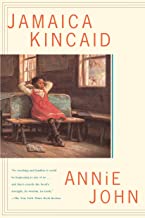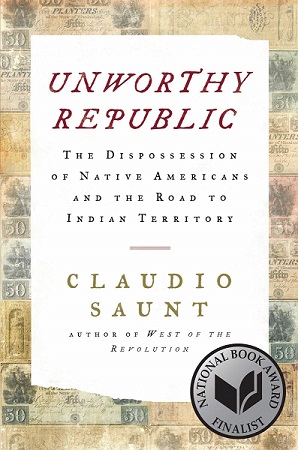
When I was in college, I read a very strange and impressive short story* in the New Yorker. A half page long – the bottom half of the page was a very New Yorker-esqe cartoon.
A half page long, all one sentence with some magical writing: “The Letter From Home, ” by Jamaica Kincaid, of whom I had never heard. Puzzling but lyrical. What to make of it?
I clipped the page (later had to copy the tattered page) and stuck it in this or that folder packed with, to me, interesting writing.
In 1985, Kincaid came out with the novel Annie John and whenever it was that I ran across it (before 1990, I’m sure), I picked it up. I recalled the magazine article, and the author’s name was easy to remember.
It remained, on my bookshelf, unread. Until yesterday.
Clocking in at 148 pages with generous margins, it’s closer to a novella than a novel, but no matter. The book traces – first person – the thoughts, joys, illnesses and mental gyrations of a young girl growing up, from 10 years old to 18, with her mother and father in Antigua.
Like the New Yorker story, it’s beautifully written, hard to put down (I read it in three hours, almost uninterrupted), and difficult to decipher.
At heart, it’s about growing up, learning to love, and learning to leave love – and other parts of your life – behind.
I remain puzzled by the ending, to come to grips with some of the decisions she makes, most only to herself (Annie John) without input nor sharing with others.
Incandescent.
*April 20, 1981 issue, pg. 33

